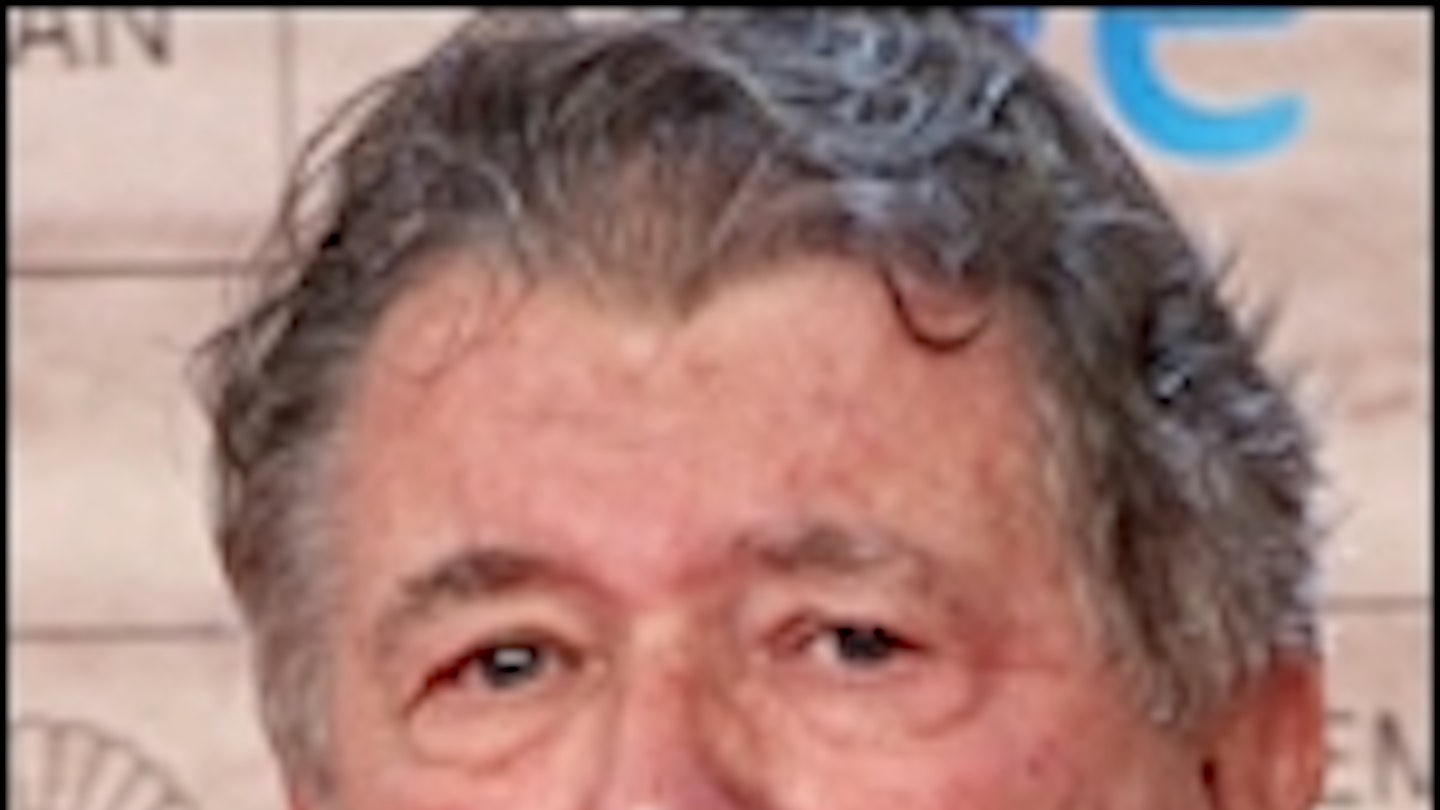While making Psycho, Alfred Hitchcock mischievously announced that sundry grande dames of the screen were competing to land the role of the “axe-murderess Norma Bates”. Two years later, with the release of Robert Aldrich’s What Ever Happened To Baby Jane?, the notion didn’t seem quite so far-fetched — for here were Bette Davis and Joan Crawford, former queens of Hollywood, locked into a horror-melodrama with a Hitchcockian streak of sick humour. Gloria Swanson had set a precedent in Sunset Boulevard, but Baby Jane led to an entire cycle of ‘horror hag’ movies — Hush... Hush, Sweet Charlotte, Strait-Jacket, The Nanny, What’s The Matter With Helen?, Fanatic…
The film has two long prologues in which we learn about Baby Jane Hudson, monstrous child star of 1917, and her sister Blanche, a Hollywood glamour sensation of the 1930s, etching in the venomous resentments, jealousies and scandals that bubble and boil throughout the film. Aldrich uses clips of Crawford and Davis from the ’30s — one of Davis’ early programmers is excerpted to establish that Jane Hudson was a wash-out as a grown-up actress — before, a full 20 minutes in, introducing the 1962-vintage actresses in shocking, merciless close-ups.
Crawford’s Blanche, trapped in a wheelchair since a 1935 ‘accident’ everyone blames on Jane, has jet-black eyebrows and a hairstyle as tightly-stretched as her face — she seems overly perfect as she adores herself in a rerun of one of her old movies, a victim who perhaps relishes her martyrdom. Davis’ Jane is a shocker — an aged frump who looks decades older than the 54 year-old actress, slobbing around in a dressing-gown with an inch-thick kabuki mask of make-up and a Shirley Temple wig, drunkenly abusing the invalid Blanche and dreaming of a comeback in her old act.
The plot stretches to Misery-like captivity, torture and murder but Aldrich, strong enough to cope with menopausal monsters on this set and the raging macho of The Dirty Dozen, gets his chilliest chills from the ghosts of Hollywood. Davis and Crawford, enormously game, attack these great roles with everything they’ve got — Davis is the better actress in the better role, but Crawford knows she has a poise her co-star envies and makes it work for her. In the most horrifying scene, Jane does her pitiful little-girl recital in front of a mirror — then has a lucid moment, sees what she really looks like, covers her face and screams. For the viewer, too, this creepy mood-piece is far from a comfortable watch.


